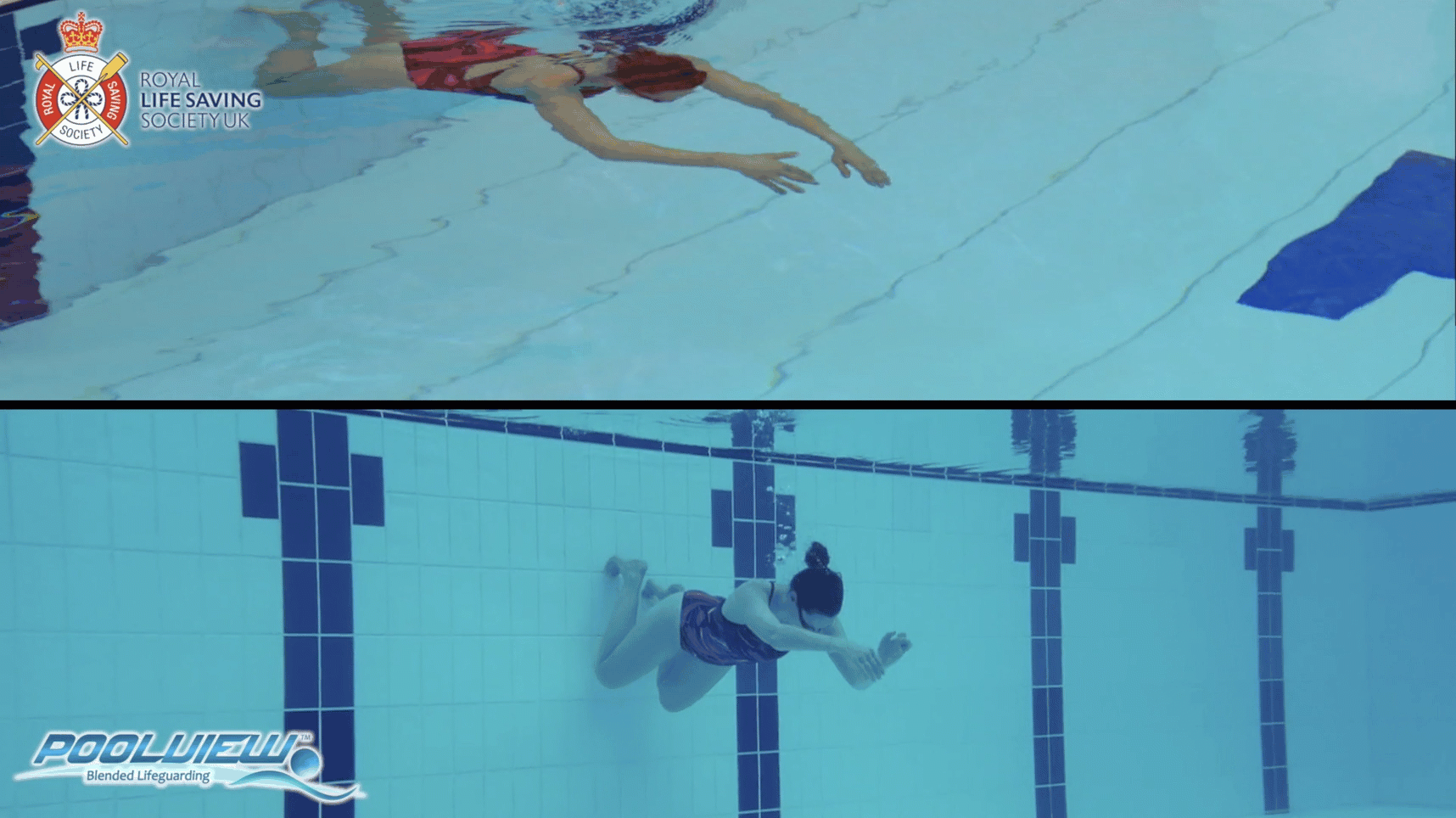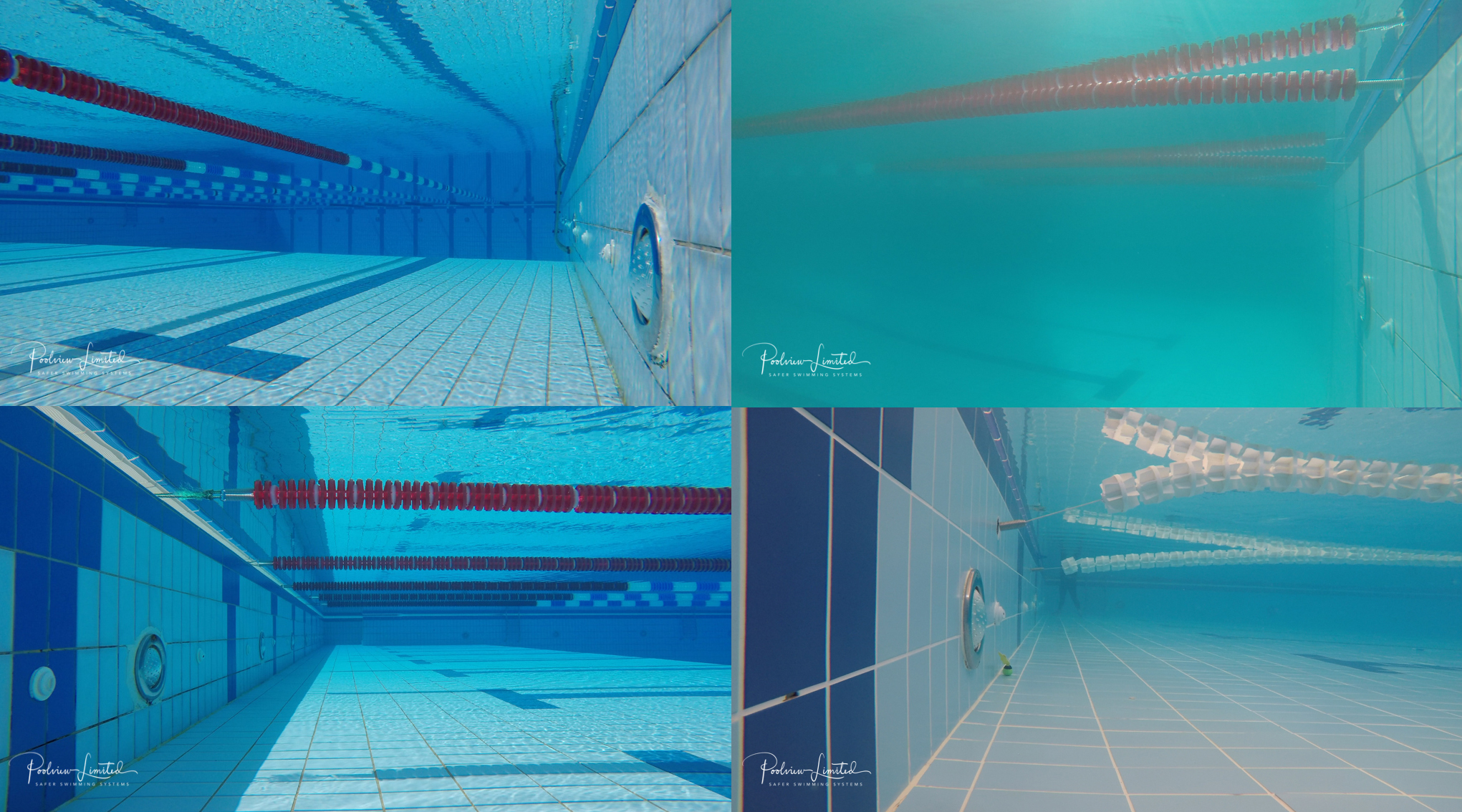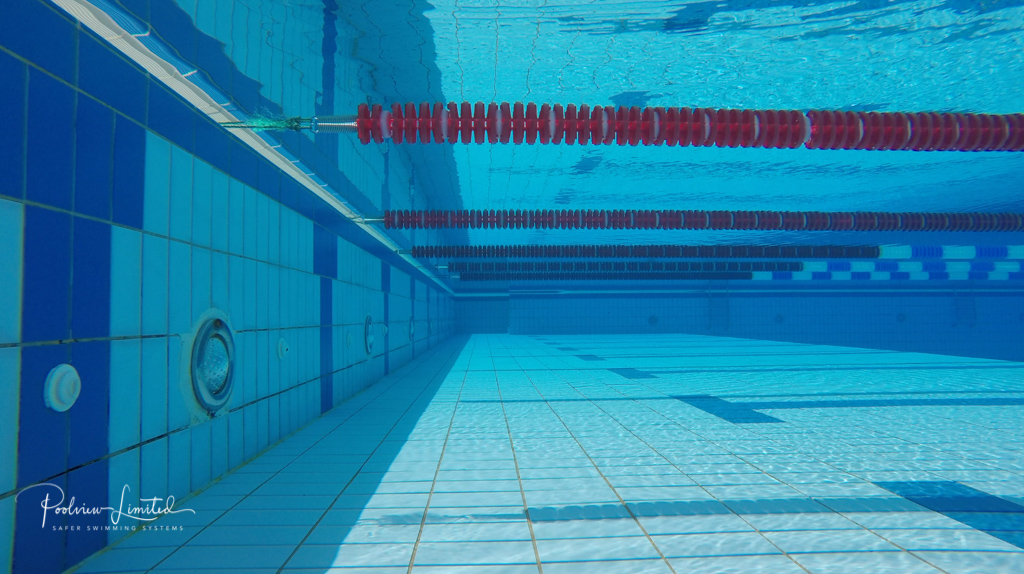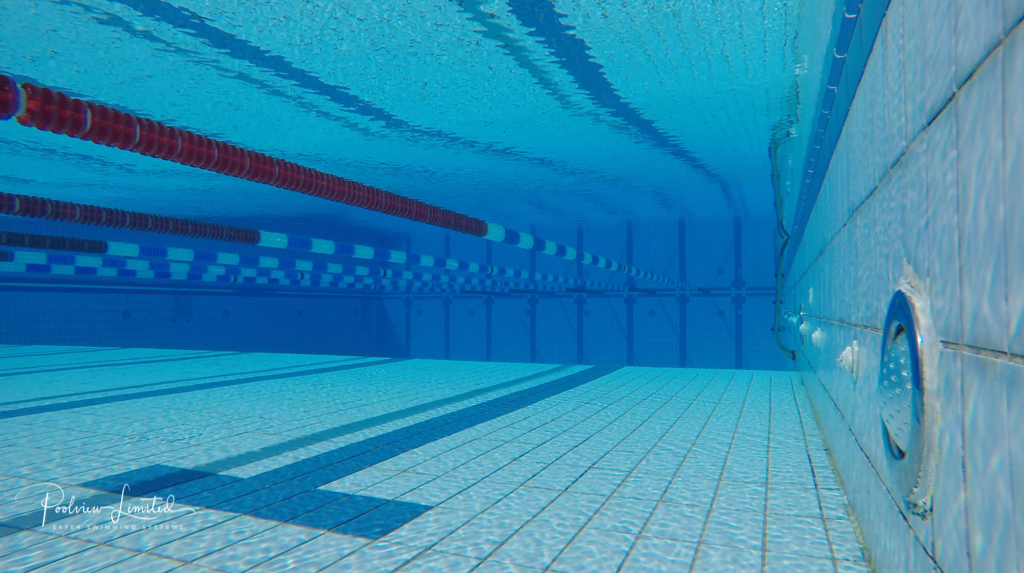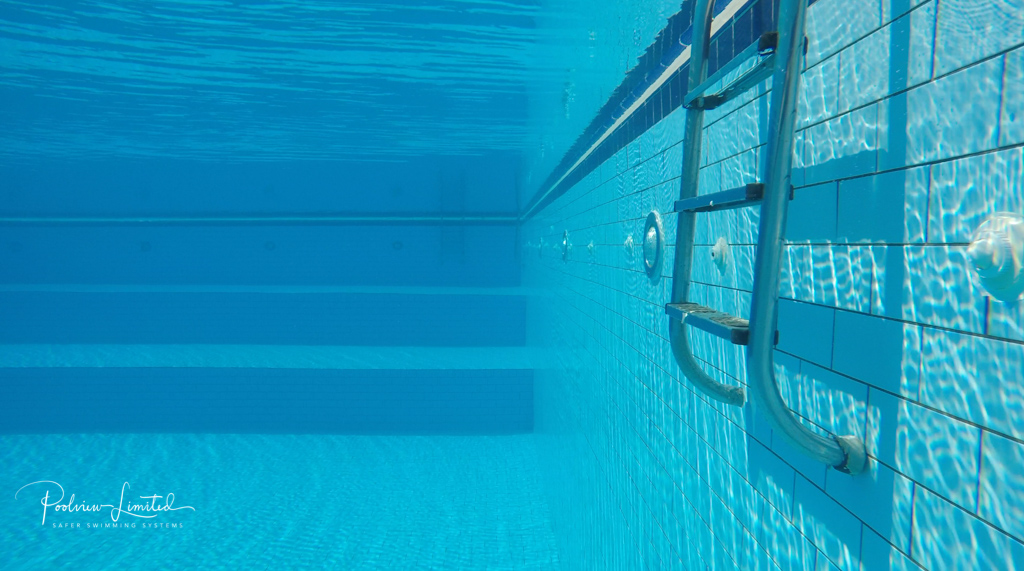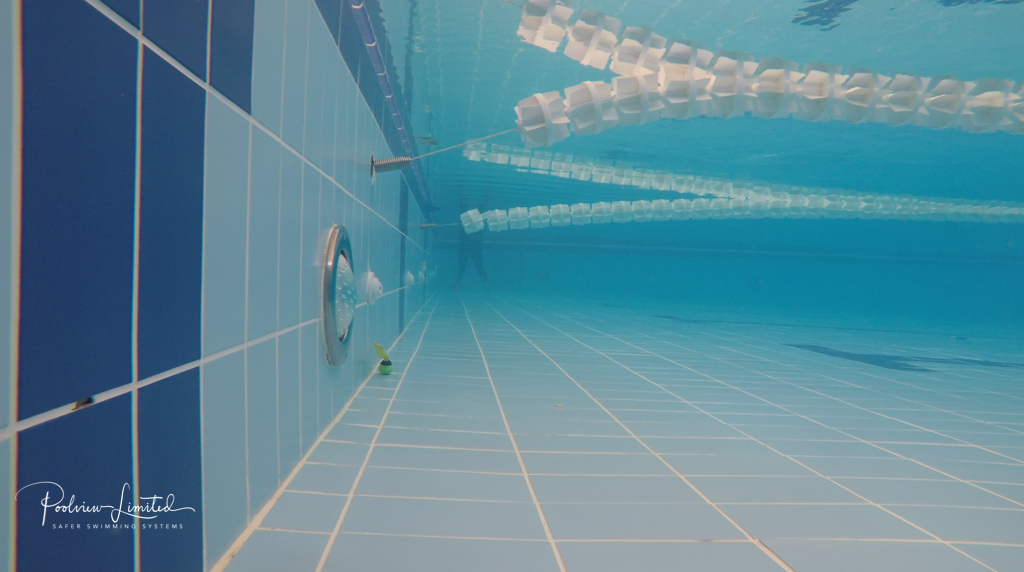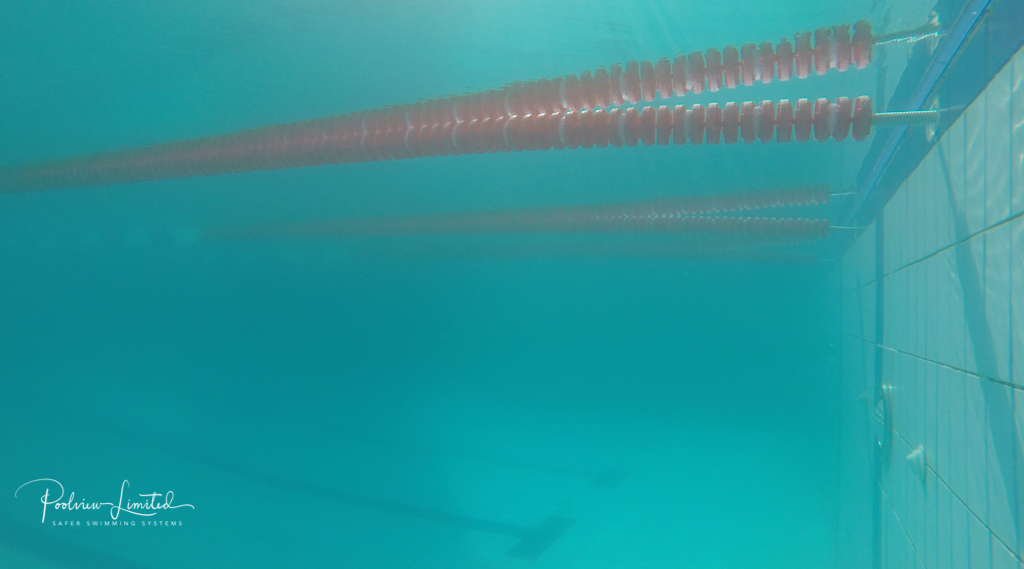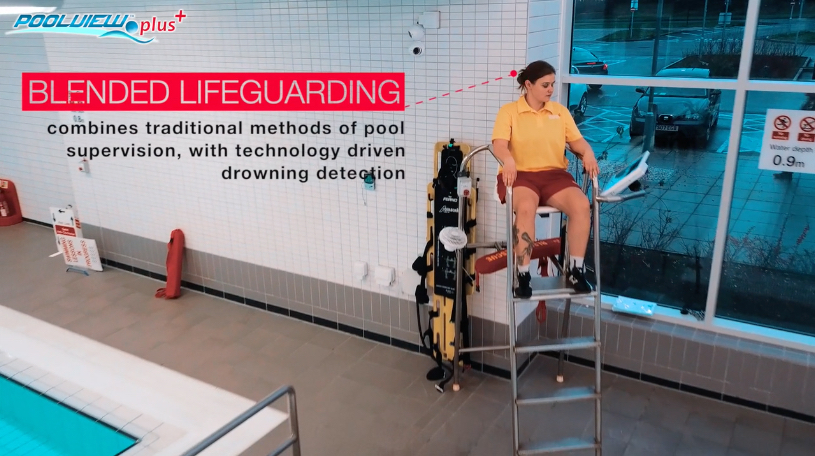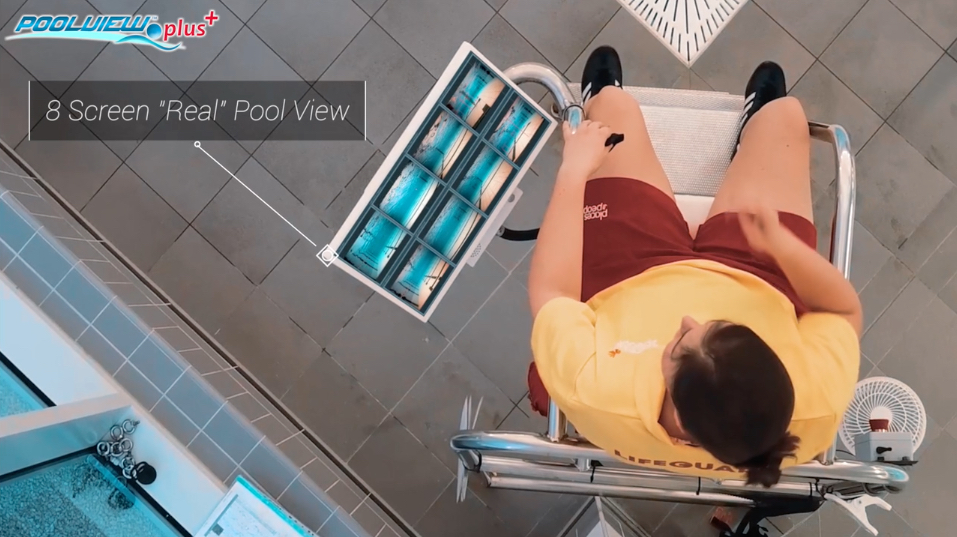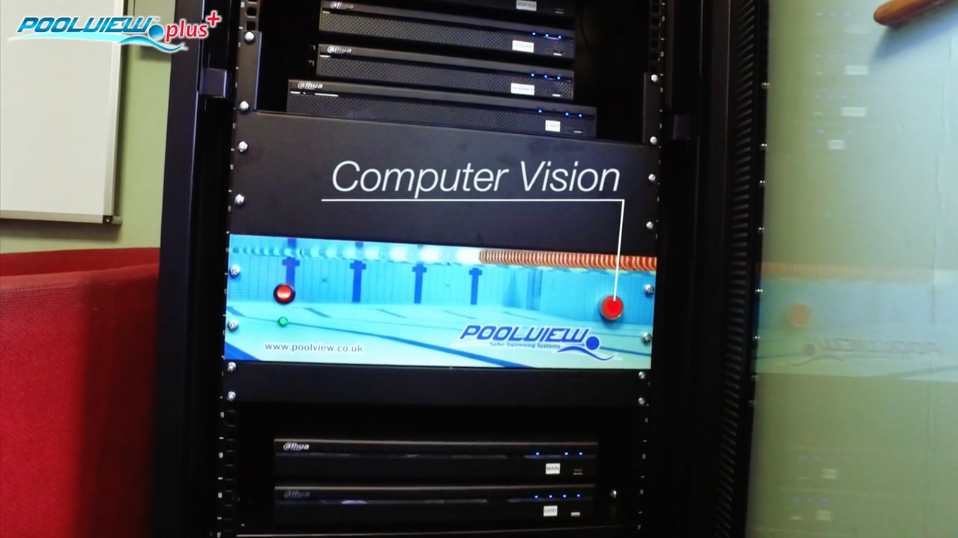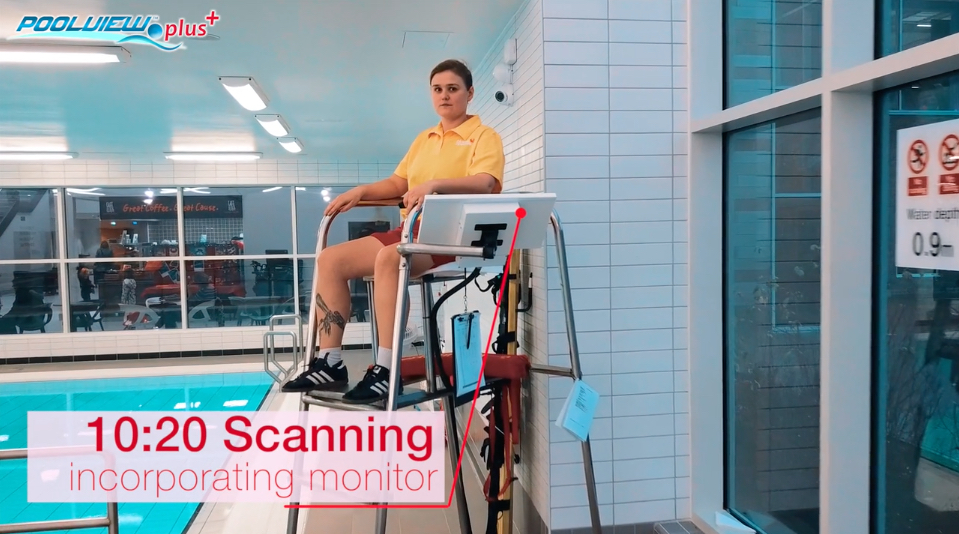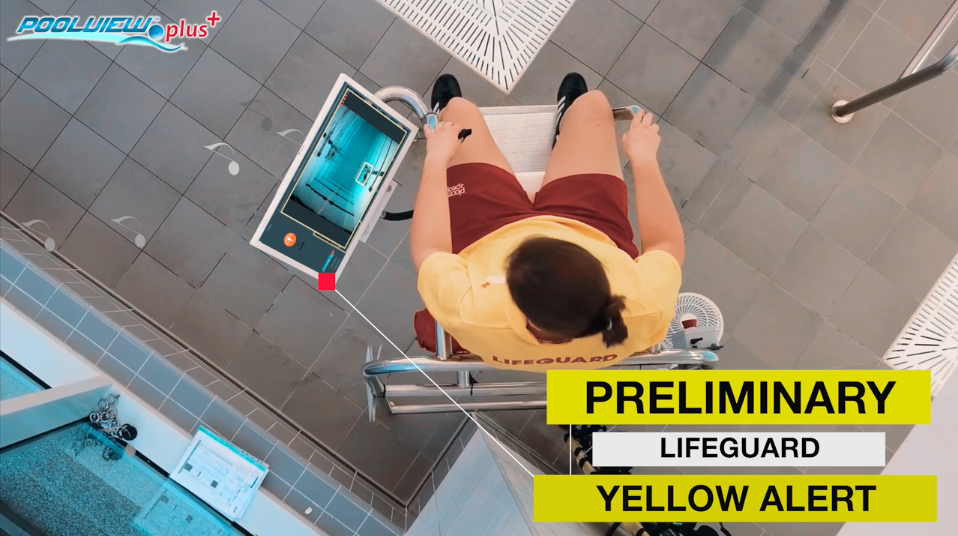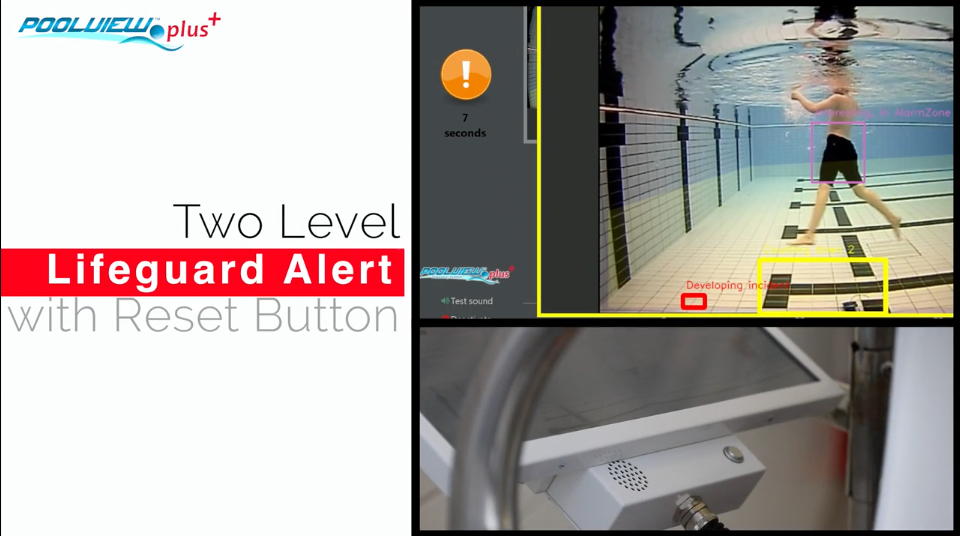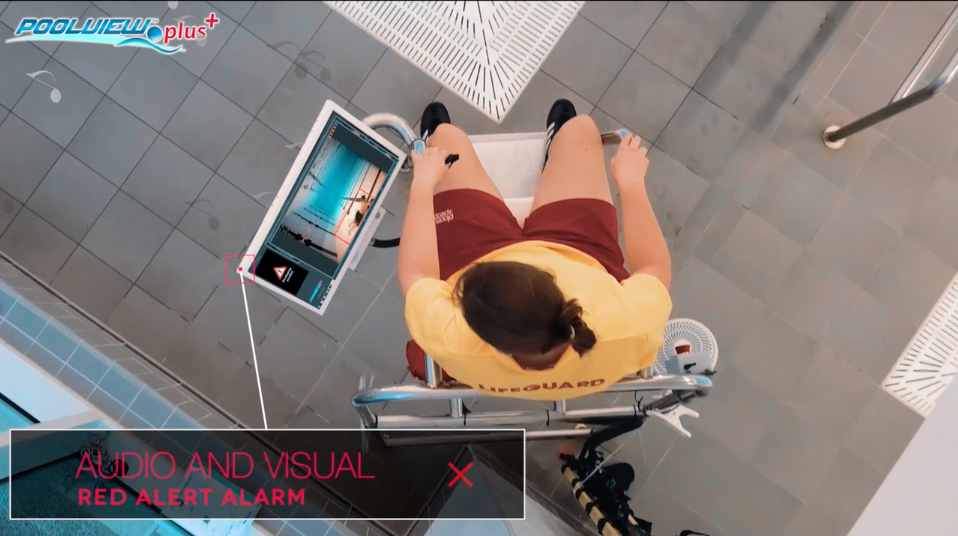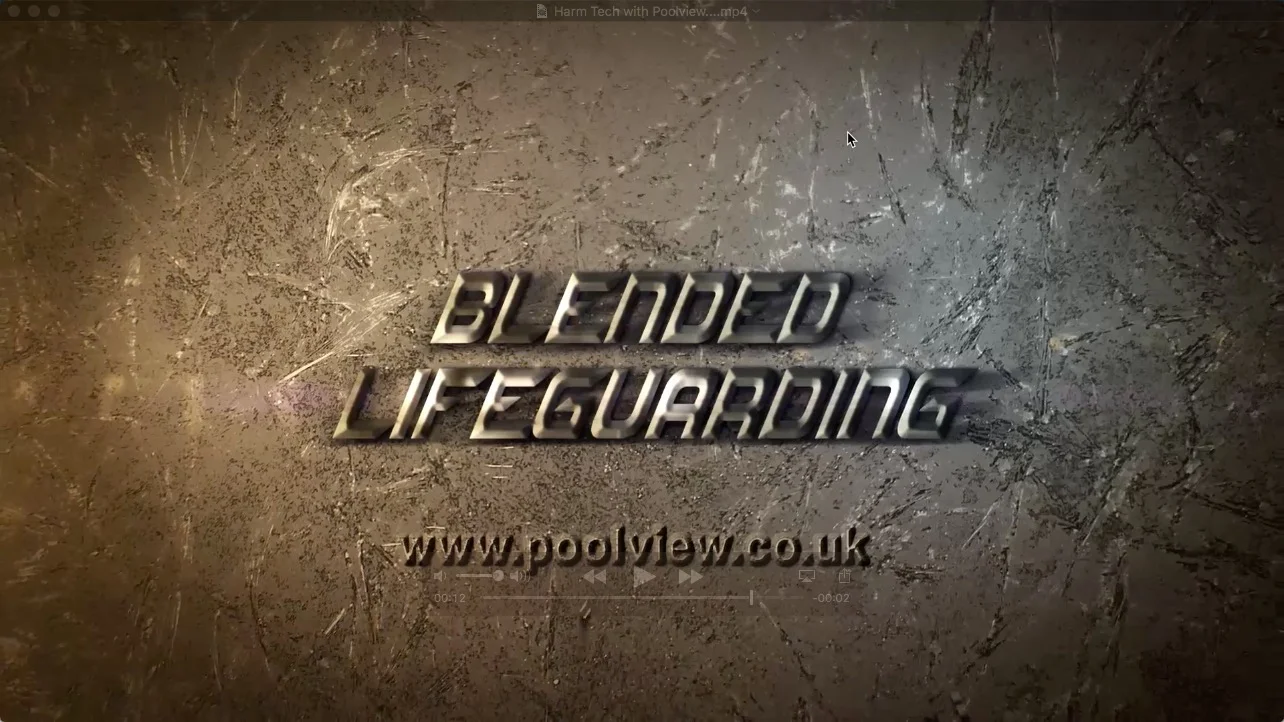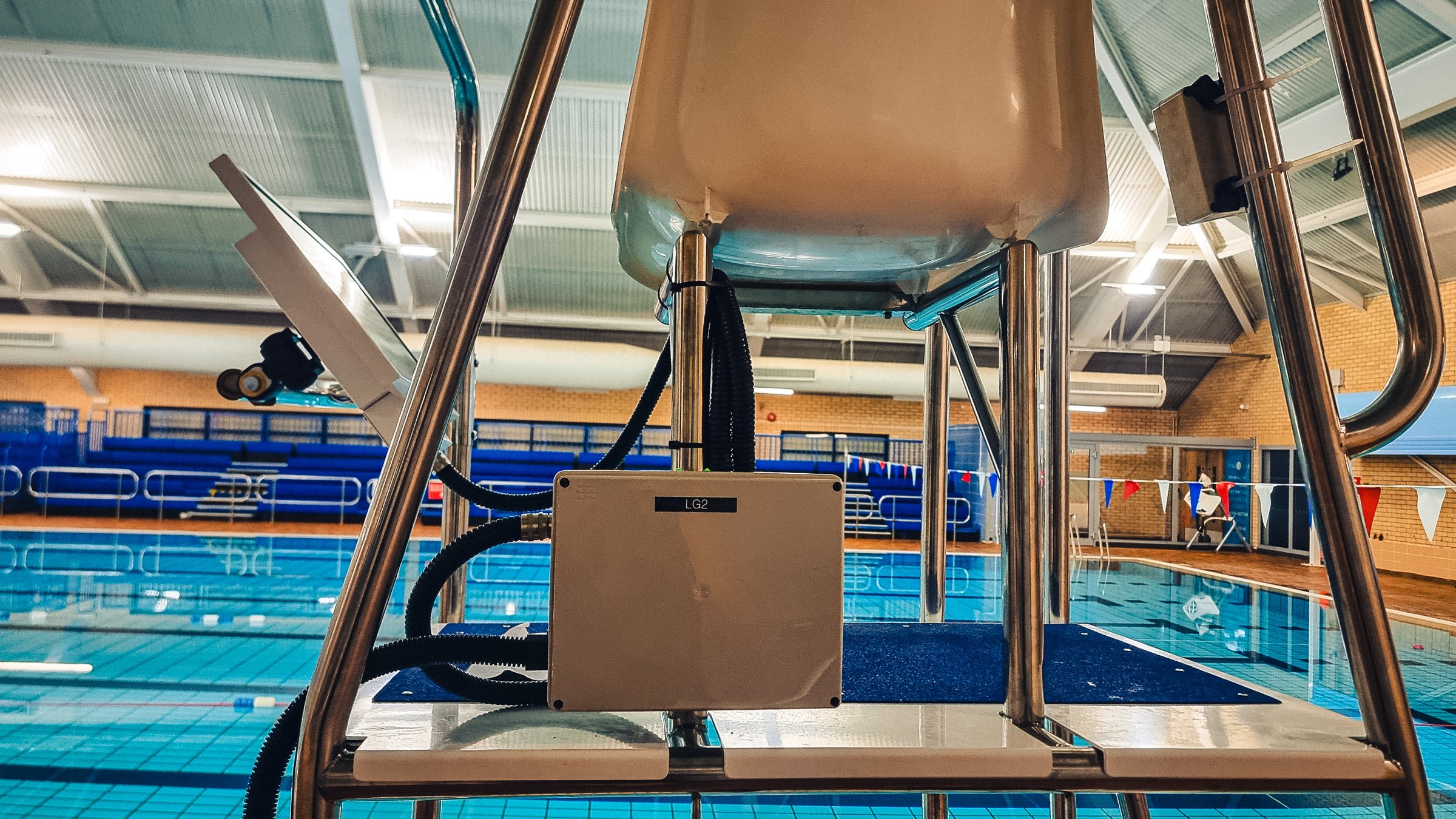Definition of ‘Blended Lifeguarding’
Have you ever been looking for a word or a key phrase to describe something, but just couldn’t quite grab the right terminology from your memory banks or creative thinking to ‘tick the box’? I have been “suffering” with this dilemma for quite some time now, trying to find a simple phrasal verb that would express what Poolview Ltd is all about!
I recently wrote a couple of articles, “I don’t want my Lifeguards to rely on technology” and “Technology & Lifeguards - Water & Oil” which express my thinking, but I couldn’t articulate this with a group of two or more words that communicated my single idea!
Then out of the blue, a trusted industry acquaintance calls me and offers up ‘Blended Lifeguarding’ Eureka!
Here is my definition of what Blended Lifeguarding means.
Blended Lifeguarding is a technique which combines the traditional 10:20 scanning methods of pool supervision, safety and rescue with technology driven drowning detection and prevention systems. This creates a working practice which harmonises the best capabilities of each to produce a safer swimming environment for all.
When pulling my thoughts together for this, I was reminded of a methodology that was produced in the late 90’s by the then ISRM called the “Integrated Management System” for Leisure Centres. Simple idea - involved a fair bit of work to get it set up and running - but worked well. In simplistic terms, it utilised much of what we already did and of course knew, but it blended our knowledge and work practices and integrated everything together to produce an efficient and effective management framework.
Similarly, today, it really does not take much imagination to realise that we mustn’t separate the two resources that we can have on poolside i.e. well trained lifeguards and drowning prevention technology. There is a good marriage to be had there
When I spoke with author Gary Johnson of “See Clearly Now- Aquatic Risk Management” in Australia he said:
“Doing CPR is a lottery. You can do everything right and still lose a life, you could do everything wrong and save a life. The one thing we do know is that the sooner we start CPR, the more likely it is that the person will make a recovery. There are many studies concluding that lack of supervision is the main cause of most fatal drownings. In a lifeguarded environment, one of the underlying causes is the time it took to detect the drowning person. In court cases, time and time again, we see a lifeguard’s inability to detect a drowning person soon enough become the soft point of any defence. In civil litigation, this is rarely left unexploited. The accusation being that your lifeguards failed because they aren’t well trained, in fact they’re incompetent and by association, so are you, their supervisor or manager.
Not only is detecting a drowning below the water difficult because of things like glare and line of sight, the human issues are immense and only recently beginning to be understood. Sometimes lifeguards don’t get it ‘right’, not because they’re bad lifeguards but because they’re human. Humans have a failure rate; even vigilant, well trained humans have a failure rate. It might be lower but they have one. No one should be surprised by this.
So while ever we rely on bare human detection, we’ll have fatal and non-fatal drowning at public swimming facilities. If we’re serious about protecting swimmers, protecting lifeguards and protecting industry professionals then blended lifeguarding needs to be a consideration. The more affordable these technologies become the more difficult it will be to demonstrate due diligence without them.”
I also asked a number of leisure professionals for their comments and this is what they added:
Steve Goddard - Head of Leisure Services in South Norfolk says,
“Modern lifeguarding is a skill that is enhanced by the technology available to us that in days gone by was a distant dream for operators. By in-bedding a robust RLSS/NPLQ qualification and training regime, aligned with drowning prevention technology the risks associated with managing pools are significantly reduced. The confidence of guaranteeing 100% underwater visibility and coverage in all conditions and eradicating the constant challenge of internal and external glare (creating blind spots), is invaluable. When technology is integrated into staff training, this builds a formidable “Blended Lifeguarding” system to combat historical, operational challenges. I would not be without it. “
George Lampshire – Safety & Quality Manager
“For years, we as Operators of Pool facilities have wrestled with visibility issues such as glare, reflection, changing seasons and Lifeguard positioning. Despite all those issues being overcome, clarity of activity under the water is disturbed as soon as bathers break the surface. technology gives Lifeguards the ability to clearly see and understand what’s going under the surface. Blended Lifeguarding gives Lifeguards the methodology to combine their skill set with technology which in turn gives them a greater opportunity to pick up issues earlier.
Donna Bristoll - Operations Manager – MCIMSPA
“Exciting times as the practice of lifeguarding moves forwards and progresses. As a trainer, I deliver and ensure new and existing lifeguards have the practical skills and knowledge to supervise and observe pools competently, but know that some of them will have the benefit and support of full underwater vision and aids to assist their decision to take action, and evidenced support in the follow up stages. This blend of practical skills, knowledge and technology, is a positive move forward, for lifeguards and the management of lifeguards.”
David Monkhouse – Director – Leisure-net
"Having been a lifeguard who got wet through the line of duty and who also carried out CPR on 4 customers in his career, I would always come back to the people element. The emotional turmoil of these events to customers, family and team is massive. Anything we can do to help reduce the number of times this occurs, we should take. Drowning Detection Technology alone will not stop it happening, nor will it get the customer out of the water. Blended Lifeguarding will reduce the number of times a minor issue escalates to something none of us wants to experience."
Andy Read - Head of Safety - Places for People Leisure Management
“The simplicity of the “Blended Lifeguarding” concept is very straightforward as we take what we have already in place ......a 'well trained and qualified Lifeguard' and combine this with ever improving drowning prevention and detection technology. The mix of the two togetherproduces a more robust layer of safety protection and awareness.”
All very encouraging comments and it will be very interesting to see what and where this leads us to (if anywhere), but for me personally, it hopefully will reinforce my message that pool supervision and the safety of swimmers is not about a choice between Lifeguards OR Technology, it is simply not an either/or question but rather a “how”?
· How can we make best use of our Lifeguards abilities?
· How can we make best use of the technology available?
· How can we best integrate our Lifeguards and Technology into our day to day to routines?
My hope is that we can promote the concept of ‘Blended Lifeguarding’ in the hope that it will become an accepted working terminology and methodology from now and into the future.















